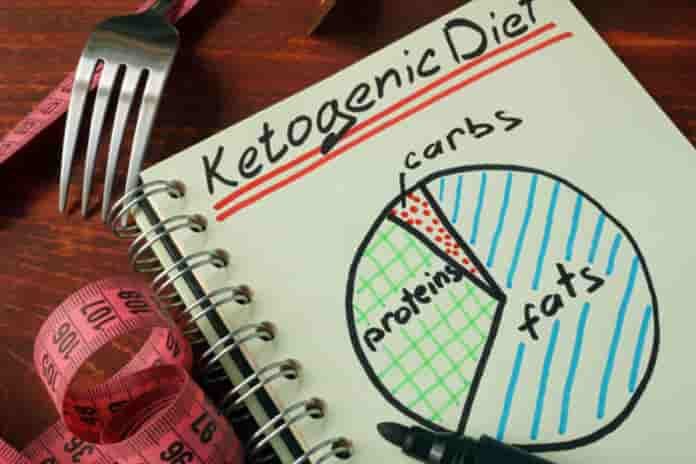Ketogenic diet, initially designed in the 1900s to treat the infrequent cases of seizure disorders, is nowadays changing more lives that have nothing to do with epilepsy. A ketogenic diet renders the body with ketones and decanoic acids which help in repressing seizures. The process eventually helps in weight loss and keeping the body healthy. Having said that, let’s look at how the diet can help you in losing inches and pounds.
Understanding the Process
Ketogenic diet proves to be one of the healthiest ways to lose weight rapidly. With a suppressed level of insulin (which supports the storage of fat), the body under ketosis generates energy by breaking up stored fats, and loses the fluid which retains carbs, bringing about significant loss of weight. As fats are known to bring about a greater feeling of satisfaction than carbs, the keto diet causes one to eat less and still feel fully energized and satisfied. Also, the dearth of glucose in the blood system owing to the lack of carbs in the body ameliorates blood sugar levels and helps the management of blood sugar. This discovery has made ketogenic diet popular in the diabetes community.
The ketogenic diet boosts high density cholesterol (HDC), also known as good cholesterol, as well as triglyceride levels. Studies show that this surge in good cholesterol displaces the bad cholesterol (low density cholesterol or LDC) in the arteries and unclogs the circulatory system to allow for better blood flow. This leads to remarkable improvements in blood pressure disorders, making the ketogenic diet one of the most savory and effective treatments for high blood pressure.
The Rigors of Ketogenic Transition
The digestive system functions in a way that it harnesses energy from carbs to the extent where only a minute proportion of digestive enzymes are charged with oxidizing fats. If there’s a shortage in the supply of carbs, the body struggles to deploy a sufficient number of enzymes in the production of ketones. As it strives to amass ketone-generating enzymes in the initial phase of a ketogenic state, the body uses up its glycogen reserves completely, including those in muscle tissues and the liver. Muscle tissues thereby lose their glycogen reserves, hence lethargy and tiredness set in.
The Drawbacks of Ketogenic Diet
The transitory phase, commonly known as “Keto Flu”, is the significant drawback of the ketogenic diet. But it normally doesn’t persist beyond one week. Some of the common symptoms in this phase include headaches, dizziness, irritability, and mental cloudiness. Also, as a diuretic, the ketogenic diet causes incessant urination, and this leads to dehydration due to the loss of fluid and electrolytes. An effective way of repressing this phase is by the drinking lot of water and increasing sodium intake. Sodium consumption is a highly effective way to restock electrolytes in the body.
Conclusion
When the body is conscientiously denied of carb intake for about three to four days, and runs out of glycogen, it enters the ketogenic phase. This can play out an unsettling dynamic that brings about both banes and benefits in varying degrees depending on the dieter’s level of preparedness. Most keto dieters struggle with lethargy and irritability at the initial phase of the ketogenic procession, as their body finds it difficult to adapt commensurately to a different metabolic process. However, as the “keto flu” wanes one week into the keto diet plan, you will start seeing significant benefits of ketogenic diet.
















[…] How Ketogenic diet can help for weight loss? […]
[…] How Ketogenic diet can help for weight loss? […]